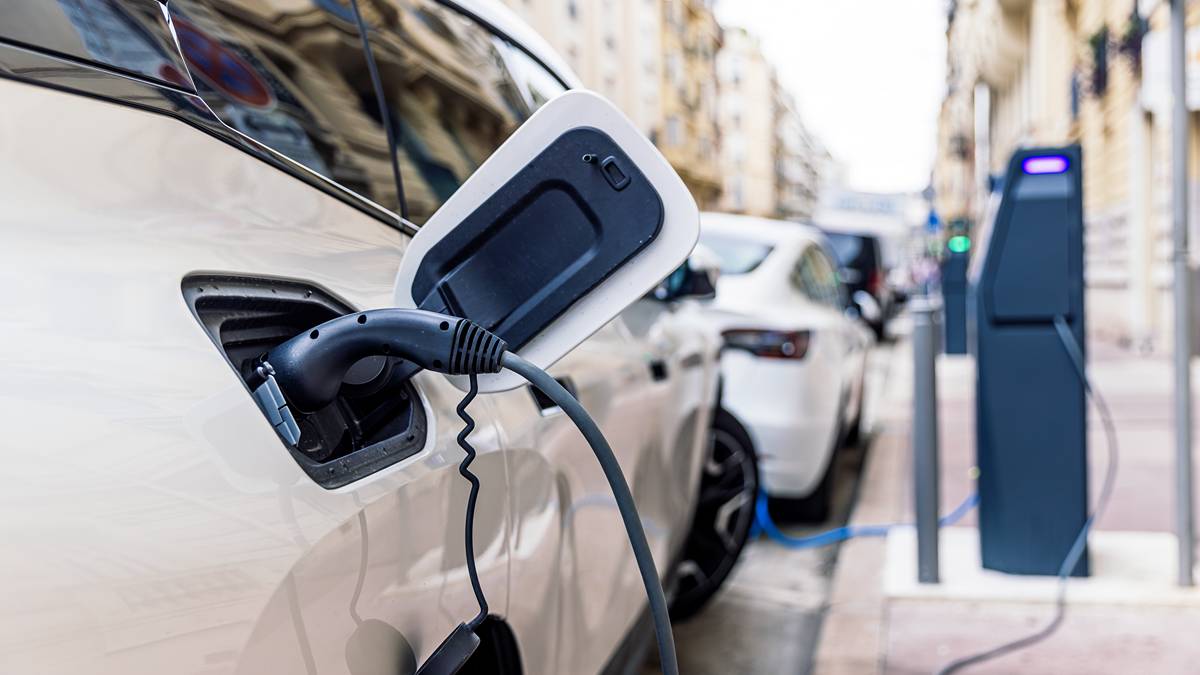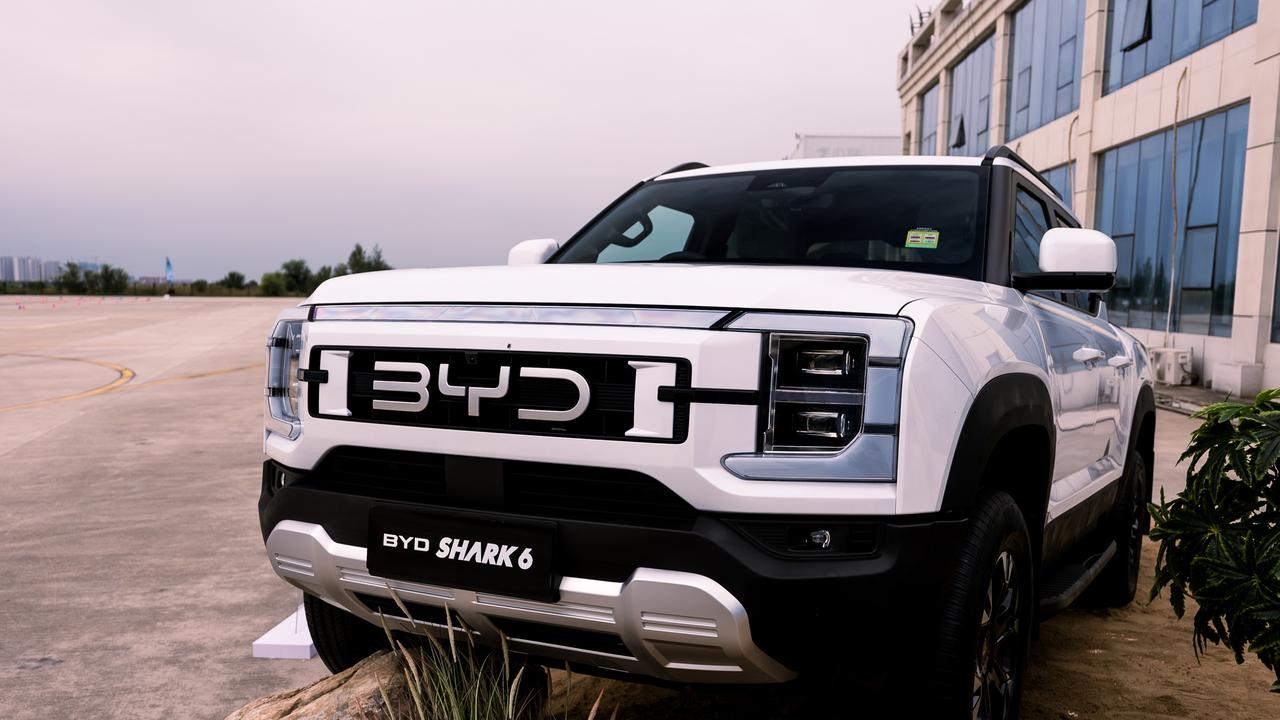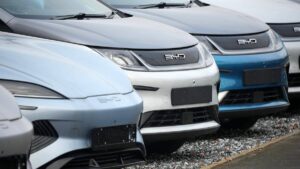Electric car fans can rest easy … for now

Pic via Getty Images
Electric car fans can rest easy. The big tax breaks for electric cars have been saved with the re-election of the Albanese government.
EVs are approaching 10 per cent of new car sales and unlike the early days of EVs, when Teslas were $100,000 status symbols of the elite, the everyday Australian can now purchase a Chinese-built EV for as little as $35,000 inclusive of on road costs.
The plug-in hybrid (PHEV) BYD Shark 6 ute, which has soared to become Australia’s sixth best selling vehicle in 2025 can be purchased for just over $60,000 however the fringe benefits tax (FBT) concessions on plug-in hybrids ended last month, which may be a handbrake for future sales. But for all other brand new EVs, lucrative tax incentives still exist for now and this is how they work.
Novated leases and salary packages
Some employers allow their staff to salary package vehicles under what is known as a novated lease. Under this arrangement, the employer pays for the financing and operating cost of a vehicle and then reimburses this cost by taking it out of the staff members pay packet.
The benefit of this is that part of the vehicle’s cost can be paid using pre-tax dollars. This ratio is usually roughly 50 per cent pre-tax income and 50 per cent post-tax income.
If the whole vehicle cost was to be paid for using pre-tax dollars, then FBT applies which evaporates the tax benefits of salary packaging.
Fringe Benefit Tax
In an attempt to increase the number of EVs on the road the government introduced the FBT exemption for EVs from 1 July 2022. It’s available for EV purchases up to the luxury car tax threshold, which is currently $91,387.
In other words, if you salary package an EV that costs less than $91,387 then 100 per cent of financing and operating costs can be paid using pre-tax income. For those on higher tax brackets, saving 47 per cent tax by financing an EV via a novated lease is one of the best tax perks going around.
No wonder the EV FBT exemption has cost the government 10 times more than expected, with $564m in tax revenue foregone each year.

BYD Shark 6 plug-in hybrid ute. Photo: Supplied
EV road charges
Of course, there is still political opposition to the privileged position of EVs. In what would have been a further blow to EV drivers, many in the Coalition believe EV drivers should pay to use the roads given that other motorists do so through the fuel excise. But in a failed attempt by the Victorian government to impose an EV road charge, the High Court ruled that only the federal government could impose this type of road levy, which seemed likely under a Coalition government.
Now with Labor in power for at least another 3 years, the issue sits firmly on the desk of Anthony Albanese who will need to decide whether EV road users will be asked to contribute to road maintenance costs via a usage-based charge.
Recharging with solar
From a financial perspective an EV can be a winner under certain circumstances. If you have solar panels at home and charge the EV when the sun is out, an EV costs almost nothing to run and you dodge the 50.8c fuel excise. Ongoing service and maintenance costs are also lower with less consumable parts on an EV compared to an internal combustion engine vehicle.
For now, the tax breaks to purchase EVs will remain in place but the introduction of EV road usage charges would not be a surprise in next year’s federal budget.
James Gerrard is principal and director of financial planning firm www.financialadvisor.com.au
This article first appeared in The Australian
Related Topics
SUBSCRIBE
Get the latest breaking news and stocks straight to your inbox.
It's free. Unsubscribe whenever you want.
By proceeding, you confirm you understand that we handle personal information in accordance with our Privacy Policy.








